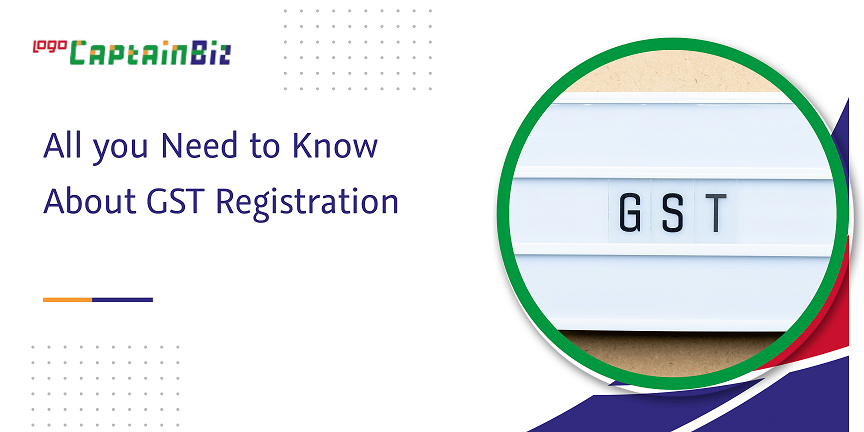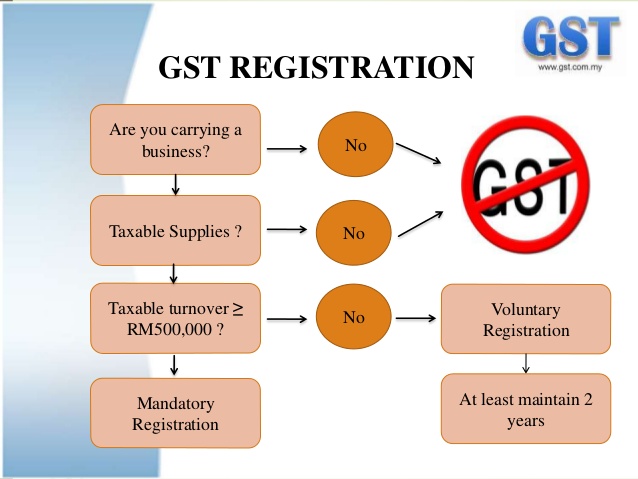From Beginning to End Up: The Ultimate Roadmap to GST Enrollment for Organizations Seeking Financial Stability
Navigating the intricacies of Product and Services Tax (GST) enrollment is an essential step for companies aiming for monetary security. Damaging down the roadmap right into workable actions can streamline the enrollment trip for organizations looking to boost their financial standing.
Recognizing GST Basics
Diving right into the essential concepts of Product and Solutions Tax (GST) is crucial for acquiring an extensive understanding of its implications on companies and the economy. Input Tax Obligation Credit Report (ITC) is a significant function of GST, enabling services to declare credit scores for taxes paid on inputs, reducing the overall tax problem. Understanding the basics of GST is essential for services to conform with tax obligation laws, manage their financial resources efficiently, and contribute to the country's economic growth by taking part in a transparent tax obligation system.
Qualification Requirements for Registration
As of the present policies, the threshold limit for GST enrollment is a yearly accumulation turn over of 40 lakhs for services running within a state, except for special category states where the limitation is 20 lakhs. In addition, specific businesses are required to register for GST regardless of their turnover, such as interstate suppliers, laid-back taxable individuals, and organizations accountable to pay tax obligation under the reverse fee system. It is essential for organizations to extensively assess their turn over and purchase kinds to determine their GST enrollment commitments precisely.
Papers Needed for Registration
Having actually satisfied the qualification criteria for GST registration, businesses have to currently guarantee they have the requisite documents in area to proceed with the enrollment process efficiently. The papers required for GST enrollment generally include proof of service constitution, such as collaboration action, registration certification, or unification certification for various kinds of organizations. Furthermore, companies need to supply records establishing the major location of service, such as a rental agreement or electrical energy bill.
Step-by-Step Enrollment Process
Starting the GST enrollment procedure involves a collection of structured steps to make sure a compliant and seamless registration for companies. The initial step is to visit the GST portal and complete the registration type with accurate information of business entity. Following this, the candidate obtains a Temporary Recommendation Number (TRN) which is utilized to return to the application process if it's not completed in one go.
Next, all needed files as per the list supplied by the GST portal requirement to be published. These papers normally include proof of business identification, enrollment and address proofs of marketers, monetary declarations, and business entity's PAN card.

Post-Registration Compliance Guidelines

Final Thought
To conclude, organizations seeking monetary security must comprehend the basics of GST, meet eligibility standards, gather needed papers, follow the detailed registration process, and follow post-registration standards - Best GST registration services in Singapore. By sticking to these actions, companies can guarantee conformity with tax laws and keep monetary security in view it now the lengthy run
Additionally, certain services are called for to sign up for GST regardless of their turnover, such as interstate distributors, laid-back taxable persons, and organizations accountable to pay tax under the reverse charge mechanism.Having met the eligibility requirements for GST enrollment, businesses must now ensure they have the requisite papers in place to proceed with the enrollment process efficiently. The documents required for GST registration usually include evidence of business constitution, such as partnership deed, enrollment certification, Check This Out or incorporation certification for various kinds of companies. Additionally, organizations require to supply files developing the major place of company, such as a rental contract or power costs.Commencing the GST enrollment process entails a series of structured actions to make certain a compliant and smooth registration for businesses.